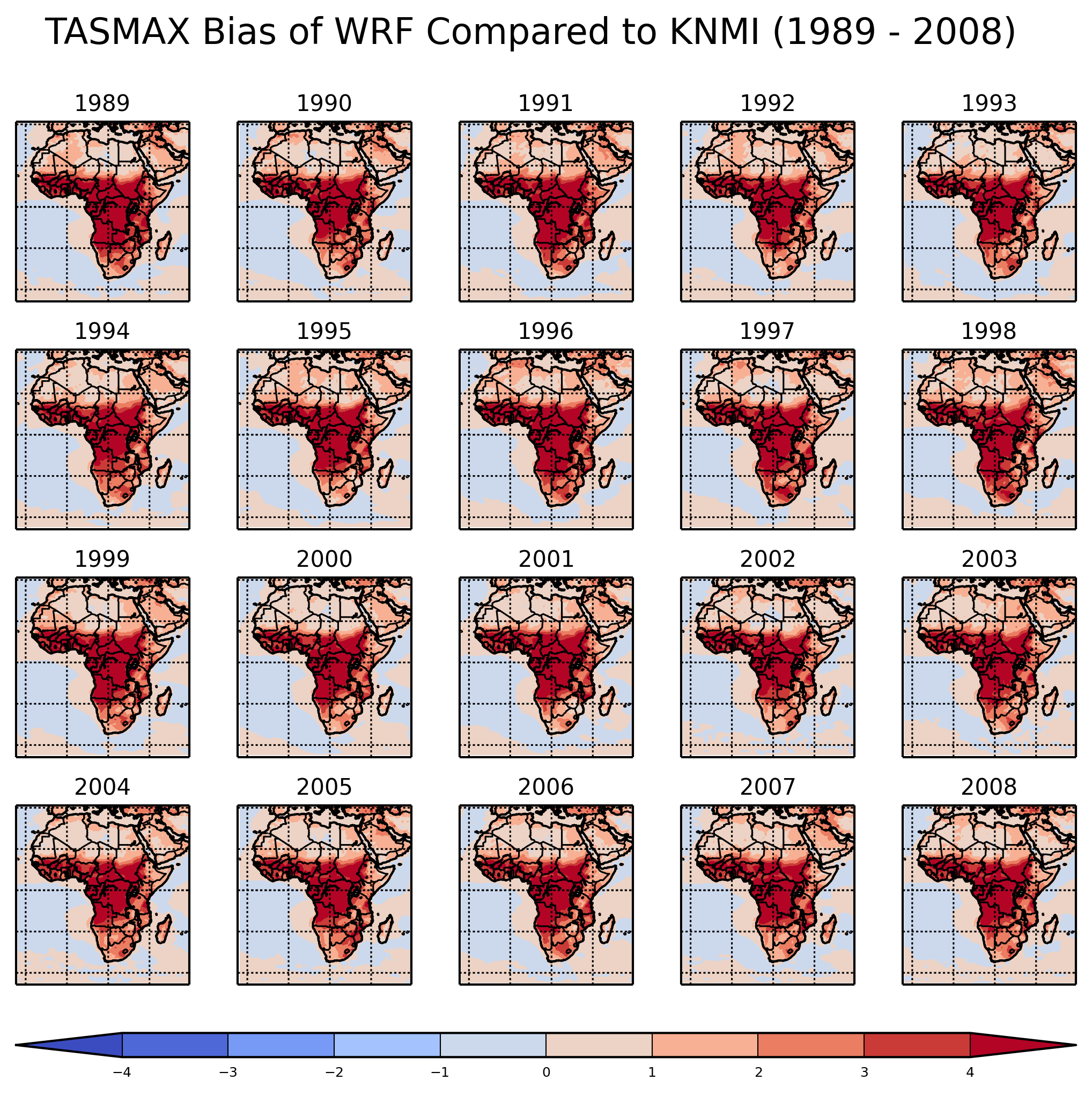All aboard the Open Climate Workbench train... lets begin
Introduction
The following guide will help you setup the recommended working environment for OCW power users.
This guide will focus on setup for OS X 10.8.x or newer (with Developer Tools already installed) and Ubuntu 12.04. It assumes you are familiar using a terminal.
For *nix Users
If you run some *nix variant you shouldn't have too much trouble following the guide.
Windows Users
If you're on Windows, please let us know what sort of troubles you run into so we can hopefully provide help for future users.
Get the Open Climate Workbench Source Code
There are a few possible ways to get the code.
Get the latest release
Grab the latest official release from Apache OCW website.
Recommended Release
Grab the latest code from the ASF (User)
If you're a user and you don't plan on contributing code back to the project you should pull the code from the primary project's git repository. You can download it into ~/climate with:
git clone http://git-wip-us.apache.org/repos/asf/climate.git
Grab the latest code from the ASF (Developer)
If you plan to help out the project and send in a patch (thanks by the way!) then you should fork the project on Github. After doing that you can clone the code into ~/climate with:
git clone https://github.com/<your Github username>/climate.git
Dependency Installation
Using conda
This is the simplest and recommended installation method. You will first need to install the conda package manager, which can be readily obtained through either the Anaconda or Miniconda scientific python distributions. Be sure to allow the installation to update your PATH for you.
Before invoking conda to install the dependencies, it's always a good idea to ensure that your version of conda is up to date. You can do this with:
# Update conda packages $ conda update conda # Add the conda-forge repository to your package manager $ conda config --add channels conda-forge # Install ocw to ~/anaconda or ~/miniconda2/3 conda install ocw
This installation method should work for all major platforms, making it particularly advantageous. Additional information for advanced users who wish to contribute to the project's development can be found here.
Test Your Installation
The easiest way to test your installation is to run one of the example scripts in $HOME/climate/examples.
cd $HOME/climate/examples python simple_model_to_model_bias.py
If everything runs successfully you should see a plot similar to the one below in the examples folder.
Installing the OCW UI
If you would like to install and use the OCW-UI for running simple evaluations through your web browser, check the Open Climate Workbench User Interface Installation and Overview guide to get started.
Using the OCW VM
If you want to get up and running with OCW quickly and with minimal overhead consider using the OCW VM. You can read about how to build the VM on the OCW VM - A Self Contained OCW Environment page. The OCW VM gives you an isolated VM environment with OCW pre-setup for you so you can get up and running without installing dependencies or configuring your system.

